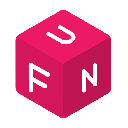-
 Bitcoin
Bitcoin $83,693.4772
-0.71% -
 Ethereum
Ethereum $1,817.7102
-0.37% -
 Tether USDt
Tether USDt $0.9997
-0.02% -
 XRP
XRP $2.1339
2.23% -
 BNB
BNB $596.9757
-0.15% -
 Solana
Solana $121.5593
2.30% -
 USDC
USDC $1.0000
0.00% -
 Dogecoin
Dogecoin $0.1696
1.75% -
 Cardano
Cardano $0.6614
0.39% -
 TRON
TRON $0.2369
-0.88% -
 Chainlink
Chainlink $12.9593
-0.88% -
 UNUS SED LEO
UNUS SED LEO $8.9206
-4.70% -
 Toncoin
Toncoin $3.2958
-6.81% -
 Stellar
Stellar $0.2557
-2.79% -
 Avalanche
Avalanche $18.2747
-1.39% -
 Sui
Sui $2.2549
-0.27% -
 Shiba Inu
Shiba Inu $0.0...01237
-0.27% -
 Hedera
Hedera $0.1629
-1.15% -
 Litecoin
Litecoin $83.9303
-0.91% -
 Polkadot
Polkadot $4.0096
-2.33% -
 MANTRA
MANTRA $6.2434
-1.07% -
 Bitcoin Cash
Bitcoin Cash $303.0473
-1.83% -
 Bitget Token
Bitget Token $4.5115
-1.00% -
 Dai
Dai $1.0001
0.00% -
 Ethena USDe
Ethena USDe $0.9991
-0.05% -
 Pi
Pi $0.6523
18.15% -
 Monero
Monero $217.2879
-0.01% -
 Hyperliquid
Hyperliquid $11.9364
0.75% -
 Uniswap
Uniswap $5.9118
-1.45% -
 OKB
OKB $51.4933
9.41%
What is a decentralized domain name system in Web3?
In decentralized DNS (dDNS), blockchain technology ensures secure and tamper-proof domain ownership records, providing censorship resistance and increased privacy in the Web3 ecosystem.
Feb 17, 2025 at 02:01 am
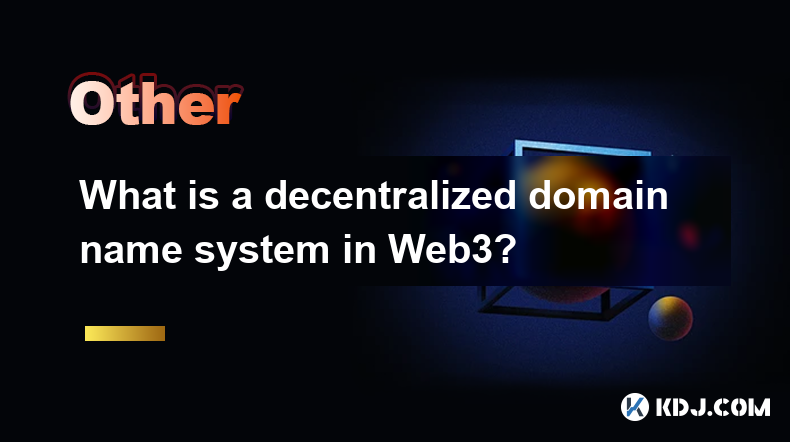
Understanding Decentralized Domain Name Systems (DNS) in Web3
Key Points:
- Decentralized DNS eliminates reliance on centralized authorities.
- Blockchain technology provides secure and immutable domain ownership records.
- Web3 DNS services offer censorship resistance, increased privacy, and custom domain creation.
What is a Decentralized Domain Name System (DNS) in Web3?
In the traditional Web2 internet architecture, a Domain Name System (DNS) acts as a centralized registry, translating human-readable domain names (e.g., "google.com") into machine-readable IP addresses. However, in Web3, the decentralized nature of blockchain technology has led to the emergence of decentralized DNS (dDNS) systems.
dDNS is a blockchain-based alternative to traditional DNS, offering several key advantages:
1) Decentralized Operation:
Unlike traditional DNS, which relies on a single centralized authority to maintain domain ownership records, dDNS operates on a distributed network. This eliminates the risk of a single point of failure or censorship, ensuring greater network resilience and user control.
2) Blockchain Immutability:
dDNS records are stored on a blockchain, making them immutable and tamper-proof. Once a domain ownership record is registered on the blockchain, it cannot be altered or deleted without the approval of the domain owner. This provides strong protection against malicious attacks or domain hijacking.
3) Censorship Resistance:
Due to their decentralized nature, dDNS systems are resistant to censorship or domain seizures by government entities or other parties. This ensures that domains registered through dDNS will remain accessible and cannot be arbitrarily taken down.
4) Increased Privacy:
Traditional DNS records often contain personally identifiable information (PII), such as the registrant's name and address. dDNS systems allow users to register domains anonymously, enhancing their privacy and protecting against data breaches or identity theft.
5) Custom Domain Creation:
dDNS allows users to create custom or personalized domain extensions (e.g., ".crypto" instead of ".com") that can reflect their brand, community, or niche. This opens up new possibilities for domain ownership and branding in the Web3 space.
How does decentralized DNS work in Web3?
The operation of dDNS systems varies depending on the specific platform or service used. However, the general process typically involves the following steps:
1) Cryptographic Hashing:
The domain name is hashed using a cryptographic algorithm (e.g., SHA-256) to generate a unique, fixed-length identifier.
2) Domain Registration:
The hashed domain name, along with the desired domain extension (e.g., ".crypto"), is registered on a blockchain through a smart contract transaction.
3) Domain Ownership Proof:
The registrant can prove their ownership of the domain by accessing their wallet and signing a transaction with their private key.
4) DNS Resolution:
When a user accesses a dDNS domain, the client software queries a decentralized network of nodes to obtain the corresponding IP address.
5) IP Address Lookup:
The nodes verify the domain ownership proof and provide the corresponding IP address, allowing users to connect to the website or service associated with the domain.
Examples of dDNS Services in Web3
Numerous dDNS service providers have emerged in the Web3 ecosystem, including:
- Ethereum Name Service (ENS): A well-known dDNS service built on the Ethereum blockchain, allowing users to register ".eth" domain names.
- Handshake: Another decentralized top-level domain (TLD) registry that operates independently of any specific blockchain, allowing for custom TLDs.
- Unstoppable Domains: A dDNS provider that offers various domain extensions, including ".crypto," ".nft," and ".x," with a focus on supporting NFTs and decentralized applications.
- .bit:** A dDNS service that provides a decentralized internet naming system for websites, email, and messaging using the ".bit" domain extension.
- Namecoin: A decentralized DNS service that operates its own blockchain, allowing users to register ".namecoin" domain names.
FAQs:
- What are the benefits of using dDNS in Web3?
dDNS in Web3 offers several advantages, including decentralized operation, blockchain immutability, censorship resistance, increased privacy, and custom domain creation. - Are dDNS domain names more expensive than traditional domain names?
The cost of registering a dDNS domain name can vary depending on the service and domain extension chosen, but the overall cost is often comparable to or less than traditional domain names. - Can I use dDNS with my existing website or service?
Yes, it is possible to use dDNS with existing websites or services. By connecting your dDNS domain to your website's IP address, you can leverage the benefits of dDNS while maintaining your existing web presence. - How do I choose the right dDNS provider for my needs?
Consider factors such as domain extension options, cost, user interface, technical support, and the service's community and ecosystem when selecting a dDNS provider. - Is it safe to use dDNS services?
Reputable dDNS services implement industry-standard security measures and cryptography to protect user data and domain ownership records. However, it is always recommended to conduct thorough research and due diligence before using any dDNS service.
Disclaimer:info@kdj.com
The information provided is not trading advice. kdj.com does not assume any responsibility for any investments made based on the information provided in this article. Cryptocurrencies are highly volatile and it is highly recommended that you invest with caution after thorough research!
If you believe that the content used on this website infringes your copyright, please contact us immediately (info@kdj.com) and we will delete it promptly.
- title: Dogecoin (DOGE) Shows Resilience Despite Bitcoin (BTC) and Altcoin Market Downturn
- 2025-04-05 18:20:12
- Fartcoin (STPT) Down After Explosive Rally as Investors Take Profits
- 2025-04-05 18:20:12
- NodeOps Network Unveils Innovative Pre-Sale Price Discovery Mechanism
- 2025-04-05 18:15:12
- MIND of Pepe Presale Closes On $8 Million – Next Crypto To Explode?
- 2025-04-05 18:15:12
- The Next Bitcoin Treasury Company May Not Be a U.S. Tech Giant
- 2025-04-05 18:10:12
- Market Greed Turns to Bloodbath as Nearly $300M Worth of Perpetual Futures Positions Get Liquidated
- 2025-04-05 18:10:12
Related knowledge
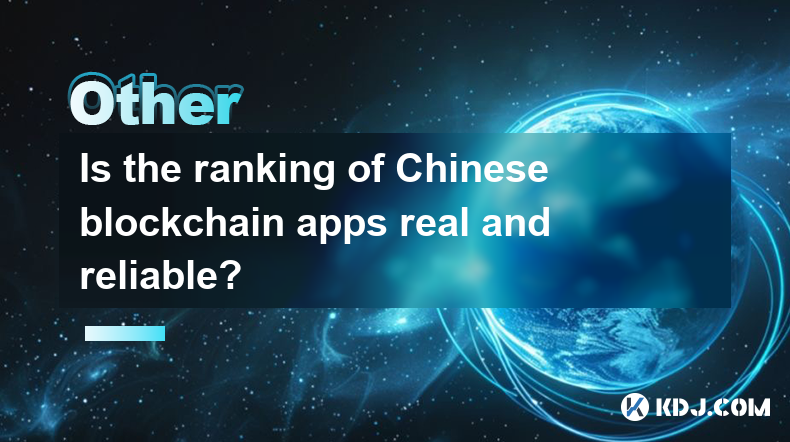
Is the ranking of Chinese blockchain apps real and reliable?
Apr 04,2025 at 09:01pm
The ranking of Chinese blockchain apps has become a topic of interest for many in the cryptocurrency community, as it provides insights into the popularity and adoption of blockchain technology within China. However, the reliability and authenticity of these rankings are often questioned. This article aims to delve into the factors that influence these ...
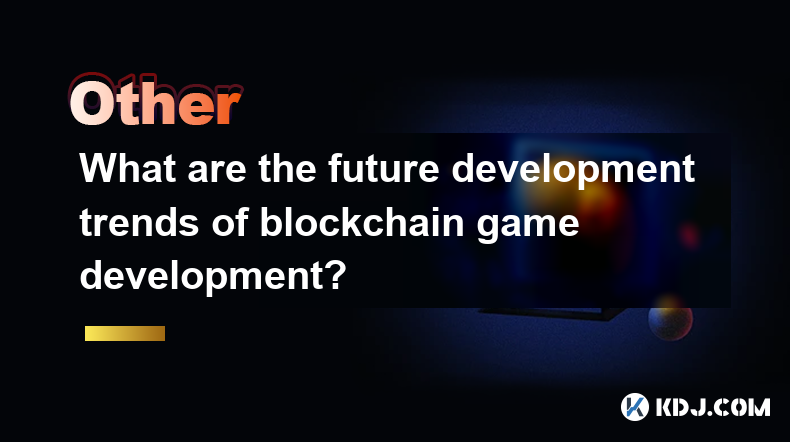
What are the future development trends of blockchain game development?
Apr 03,2025 at 05:00am
Blockchain technology has revolutionized various industries, and gaming is no exception. As we look to the future, several trends are set to shape the development of blockchain games. These trends not only promise to enhance the gaming experience but also to integrate blockchain technology more seamlessly into the gaming ecosystem. Let's explore these t...
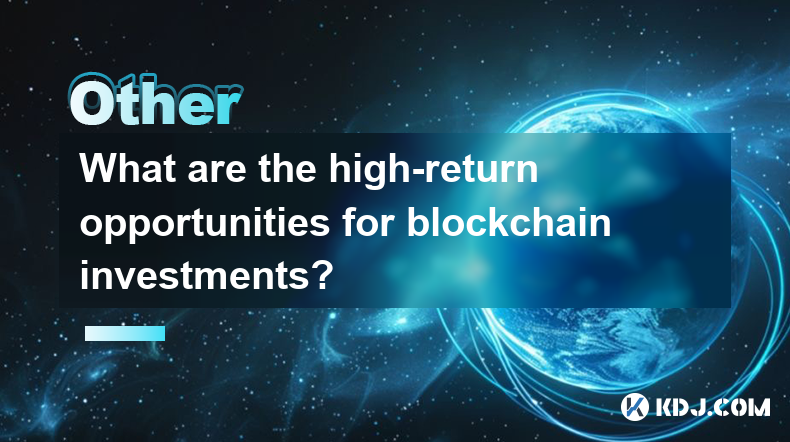
What are the high-return opportunities for blockchain investments?
Apr 05,2025 at 02:35pm
Blockchain technology has revolutionized the financial world, offering numerous high-return investment opportunities. These opportunities span various sectors within the cryptocurrency ecosystem, including cryptocurrencies, decentralized finance (DeFi), non-fungible tokens (NFTs), and blockchain startups. Each of these areas presents unique risks and re...
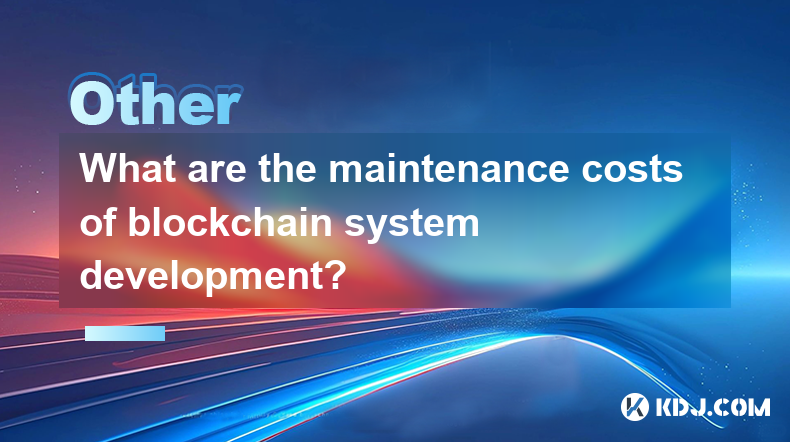
What are the maintenance costs of blockchain system development?
Apr 03,2025 at 06:07pm
The maintenance costs of blockchain system development are multifaceted and depend on various factors. These costs can include technical maintenance, security updates, infrastructure expenses, and personnel costs. Understanding these elements is crucial for anyone planning to develop or maintain a blockchain system. Technical MaintenanceTechnical mainte...
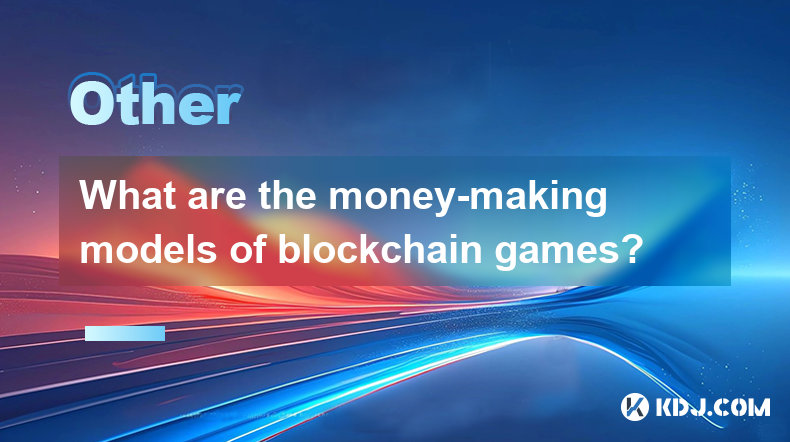
What are the money-making models of blockchain games?
Apr 04,2025 at 02:00pm
Blockchain games have emerged as a revolutionary way for players to earn real money while enjoying their favorite pastime. These games leverage the power of blockchain technology to create unique money-making models that benefit both the players and the developers. In this article, we will explore the various money-making models of blockchain games and ...
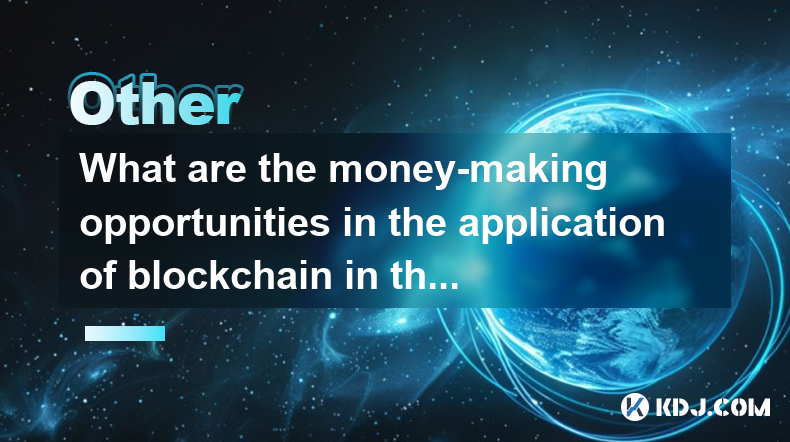
What are the money-making opportunities in the application of blockchain in the medical industry?
Apr 03,2025 at 03:35am
The integration of blockchain technology into the medical industry presents a myriad of money-making opportunities that can revolutionize healthcare systems. Blockchain's inherent characteristics, such as transparency, security, and immutability, make it an ideal solution for various medical applications. By leveraging blockchain, companies can develop ...

Is the ranking of Chinese blockchain apps real and reliable?
Apr 04,2025 at 09:01pm
The ranking of Chinese blockchain apps has become a topic of interest for many in the cryptocurrency community, as it provides insights into the popularity and adoption of blockchain technology within China. However, the reliability and authenticity of these rankings are often questioned. This article aims to delve into the factors that influence these ...

What are the future development trends of blockchain game development?
Apr 03,2025 at 05:00am
Blockchain technology has revolutionized various industries, and gaming is no exception. As we look to the future, several trends are set to shape the development of blockchain games. These trends not only promise to enhance the gaming experience but also to integrate blockchain technology more seamlessly into the gaming ecosystem. Let's explore these t...

What are the high-return opportunities for blockchain investments?
Apr 05,2025 at 02:35pm
Blockchain technology has revolutionized the financial world, offering numerous high-return investment opportunities. These opportunities span various sectors within the cryptocurrency ecosystem, including cryptocurrencies, decentralized finance (DeFi), non-fungible tokens (NFTs), and blockchain startups. Each of these areas presents unique risks and re...

What are the maintenance costs of blockchain system development?
Apr 03,2025 at 06:07pm
The maintenance costs of blockchain system development are multifaceted and depend on various factors. These costs can include technical maintenance, security updates, infrastructure expenses, and personnel costs. Understanding these elements is crucial for anyone planning to develop or maintain a blockchain system. Technical MaintenanceTechnical mainte...

What are the money-making models of blockchain games?
Apr 04,2025 at 02:00pm
Blockchain games have emerged as a revolutionary way for players to earn real money while enjoying their favorite pastime. These games leverage the power of blockchain technology to create unique money-making models that benefit both the players and the developers. In this article, we will explore the various money-making models of blockchain games and ...

What are the money-making opportunities in the application of blockchain in the medical industry?
Apr 03,2025 at 03:35am
The integration of blockchain technology into the medical industry presents a myriad of money-making opportunities that can revolutionize healthcare systems. Blockchain's inherent characteristics, such as transparency, security, and immutability, make it an ideal solution for various medical applications. By leveraging blockchain, companies can develop ...
See all articles














































































